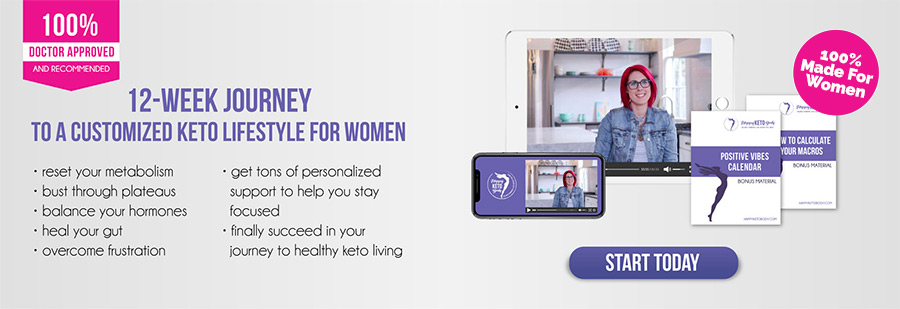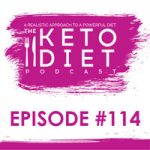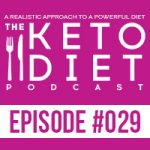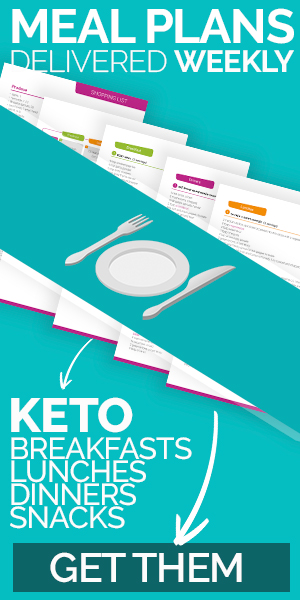I want...
Journey to Health: Steps in the right direction
March 7, 2011 By
Leanne Vogel

 April 3, 2017
April 3, 2017
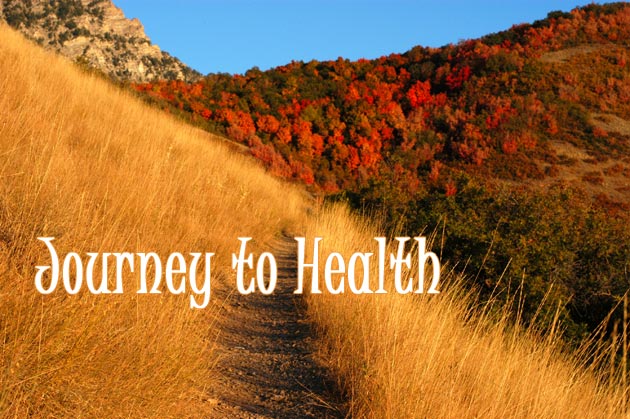 Journey to health series: Journey to health, Gratitude, Relaxation and breathing
Thank you for your comments on Fridays post. I’d like to think that the more we’re all aware of the issues that can threaten our health, the better care we’ll take in prevention. Many of you have asked for more details of my journey, so here goes!
First step: Family doctor
I suspected that my doctor wouldn’t be able to help me, but in an attempt to save money, it’s the first place I went. After a bit of pressure, I convinced her to send me for blood work.
Second step: Naturopath
My family doctor was quite nonchalant about my blood test results, so I decided to visit a Naturopath.
After discussing my symptoms, we decided to try allergy testing to determine if certain foods were contributing to my symptoms. Also, we decided to perform an IgA allergy test for gluten to finally confirm whether or not I’m actually sensitive to gluten [I was instructed to go off gluten by another Naturopath in 2007 but was never tested].
Third step: Allergy testing
We chose to test IgA, IgE and IgG responses in my blood, but to get the most accurate reading, you need to eat all the foods that you may be sensitive to for a period of 1-2 weeks. The longer you eat the foods, the stronger a reading. That meant I had to eat gluten, dairy, corn, yeast, and oranges. I was nervous, really nervous. What would eating gluten do to me? How would I feel?
After the appointment I stopped by a health food store on the way home. If I was going to eat these foods, I was going to get the highest quality products I could find. I stocked up on wheat berries, sprouted bread, muesli, and liberte yogurt, cheese + Kefir, all organic. It felt weird going into a store and having to look for products with gluten.
I took this testing as an opportunity to reintroduce foods slowly to gauge my reaction. I started with dairy [stomach pains, multiple bathroom runs, definitely sensitive]. 3 days later I started with gluten [no reactions at first, but on day 4 I noticed I was going to the bathroom a lot more]. 3 days after I introduced corn and that changed everything. The next morning I was in severe pain and felt like I’d been hit by a bus.
I couldn’t wait to get off the ‘allergen diet’. I felt like death after 2 weeks. I was craving quinoa, millet, and almond flour but because I had to have 3-4 servings of gluten a day, it didn’t leave much room for anything else. I felt heavy and lethargic.
I did however enjoy an oatmeal date bar I’d been eying up for the past 3 years and luckily it was everything I’d ever imagined. I had a moment with the bar, sitting outside the bakery in my cold car. I tried to recall the last time I’d eaten without restrictions. Before gluten free it was vegan, before vegan, vegetarian, before vegetarian it was countless missed meals, and calorie counting. I made a promise to myself then and there that I would work as hard as possible to determine how to optimize my health for good and never turn back, no matter how challenging.
Forth step: Reviewing results
2 weeks after returning to my allergen free lifestyle, I felt okay again and it wasn’t long after that that I met with the Naturopath to review my results.
We started with my IgE score. This tells us overall how many allergens are affecting your health. The normal range is anything below 87. Mine is 830. When a high score like this is seen, it’s usually safe to say that there’s something larger going on and that the allergies displayed in the testing may not even be allergies, but sensitivities caused by something environmental or parasitic. But, the allergy testing is a great starting point. Here’s what the test brought up:
Journey to health series: Journey to health, Gratitude, Relaxation and breathing
Thank you for your comments on Fridays post. I’d like to think that the more we’re all aware of the issues that can threaten our health, the better care we’ll take in prevention. Many of you have asked for more details of my journey, so here goes!
First step: Family doctor
I suspected that my doctor wouldn’t be able to help me, but in an attempt to save money, it’s the first place I went. After a bit of pressure, I convinced her to send me for blood work.
Second step: Naturopath
My family doctor was quite nonchalant about my blood test results, so I decided to visit a Naturopath.
After discussing my symptoms, we decided to try allergy testing to determine if certain foods were contributing to my symptoms. Also, we decided to perform an IgA allergy test for gluten to finally confirm whether or not I’m actually sensitive to gluten [I was instructed to go off gluten by another Naturopath in 2007 but was never tested].
Third step: Allergy testing
We chose to test IgA, IgE and IgG responses in my blood, but to get the most accurate reading, you need to eat all the foods that you may be sensitive to for a period of 1-2 weeks. The longer you eat the foods, the stronger a reading. That meant I had to eat gluten, dairy, corn, yeast, and oranges. I was nervous, really nervous. What would eating gluten do to me? How would I feel?
After the appointment I stopped by a health food store on the way home. If I was going to eat these foods, I was going to get the highest quality products I could find. I stocked up on wheat berries, sprouted bread, muesli, and liberte yogurt, cheese + Kefir, all organic. It felt weird going into a store and having to look for products with gluten.
I took this testing as an opportunity to reintroduce foods slowly to gauge my reaction. I started with dairy [stomach pains, multiple bathroom runs, definitely sensitive]. 3 days later I started with gluten [no reactions at first, but on day 4 I noticed I was going to the bathroom a lot more]. 3 days after I introduced corn and that changed everything. The next morning I was in severe pain and felt like I’d been hit by a bus.
I couldn’t wait to get off the ‘allergen diet’. I felt like death after 2 weeks. I was craving quinoa, millet, and almond flour but because I had to have 3-4 servings of gluten a day, it didn’t leave much room for anything else. I felt heavy and lethargic.
I did however enjoy an oatmeal date bar I’d been eying up for the past 3 years and luckily it was everything I’d ever imagined. I had a moment with the bar, sitting outside the bakery in my cold car. I tried to recall the last time I’d eaten without restrictions. Before gluten free it was vegan, before vegan, vegetarian, before vegetarian it was countless missed meals, and calorie counting. I made a promise to myself then and there that I would work as hard as possible to determine how to optimize my health for good and never turn back, no matter how challenging.
Forth step: Reviewing results
2 weeks after returning to my allergen free lifestyle, I felt okay again and it wasn’t long after that that I met with the Naturopath to review my results.
We started with my IgE score. This tells us overall how many allergens are affecting your health. The normal range is anything below 87. Mine is 830. When a high score like this is seen, it’s usually safe to say that there’s something larger going on and that the allergies displayed in the testing may not even be allergies, but sensitivities caused by something environmental or parasitic. But, the allergy testing is a great starting point. Here’s what the test brought up:
- The IgA test showed that I am not celiac. Interesting. The Naturopath advised me to stay off gluten until we figure out what’s causing all my sensitivities and symptoms. Even if I can have gluten someday I know that I will remain 80-90% gluten free just because I love gluten free! But let’s not get ahead of ourselves just yet.
- Highly allergic: Banana, pineapple, alfalfa, asparagus, broccoli, peanuts, sesame.
- Moderately allergic: white potatoes, string beans, shrimp, pinto bean, soy.
- Low allergy: dairy, oranges, corn, corn gluten, wheat.
- My immune system is compromised, by what? We don’t know yet.
- My insulin sensitivity is impacting my cycle, hormones and complexion.
- I’m not properly absorbing my nutrients.
- I could have a parasite, or I’m drastically sensitive to the environment which is what could be causing odd allergy results and my random symptoms.
- Parasitic + environmental testing
- Vitamin B injections
- WBC count blood draw
- Reduce sugar. This includes maple syrup, brown rice syrup, agave, molasses, and sucanat. The only sweeteners I will be having are honey [helps to control blood sugar if combined with fiber], stevia [natural sweetener – whole/green leaf is the best], and as a treat, palm/coconut sugar [very low GI].
- Increase fiber. I will be adding the following to my daily routine to help me hit 50g of fiber a day: 2 tablespoon flax (4g fiber), 2 tablespoon chia (6g), 2 apples with almond butter (11g)
- Increase antioxidants. Bring on the camu camu.
- Control blood sugar. Increase legumes, take up meditating again [stress reduction helps blood sugar levels], eat liver healthy foods, reduce inflammatory foods [I don’t have many in my diet as is], and increase foods that will balance blood sugar.
- Remove all allergens. Good bye banana, you’ll be sadly missed :(
- Improve absorption. Shift to liquid and powdered supplements – multi-vitamin, probiotics, and EFAs.
- Continue gluten free until we figure out what’s happening.
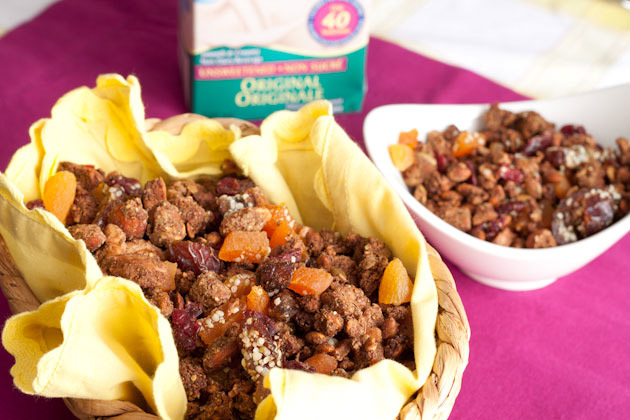
This entry was tagged: journey to health
Hi! I'm Leanne (RHN FBCS)
a Functional Medicine Practitioner, host of the Healthful Pursuit Podcast, and best-selling author of The Keto Diet & Keto for Women. I want to live in a world where every woman has access to knowledge to better her health.
